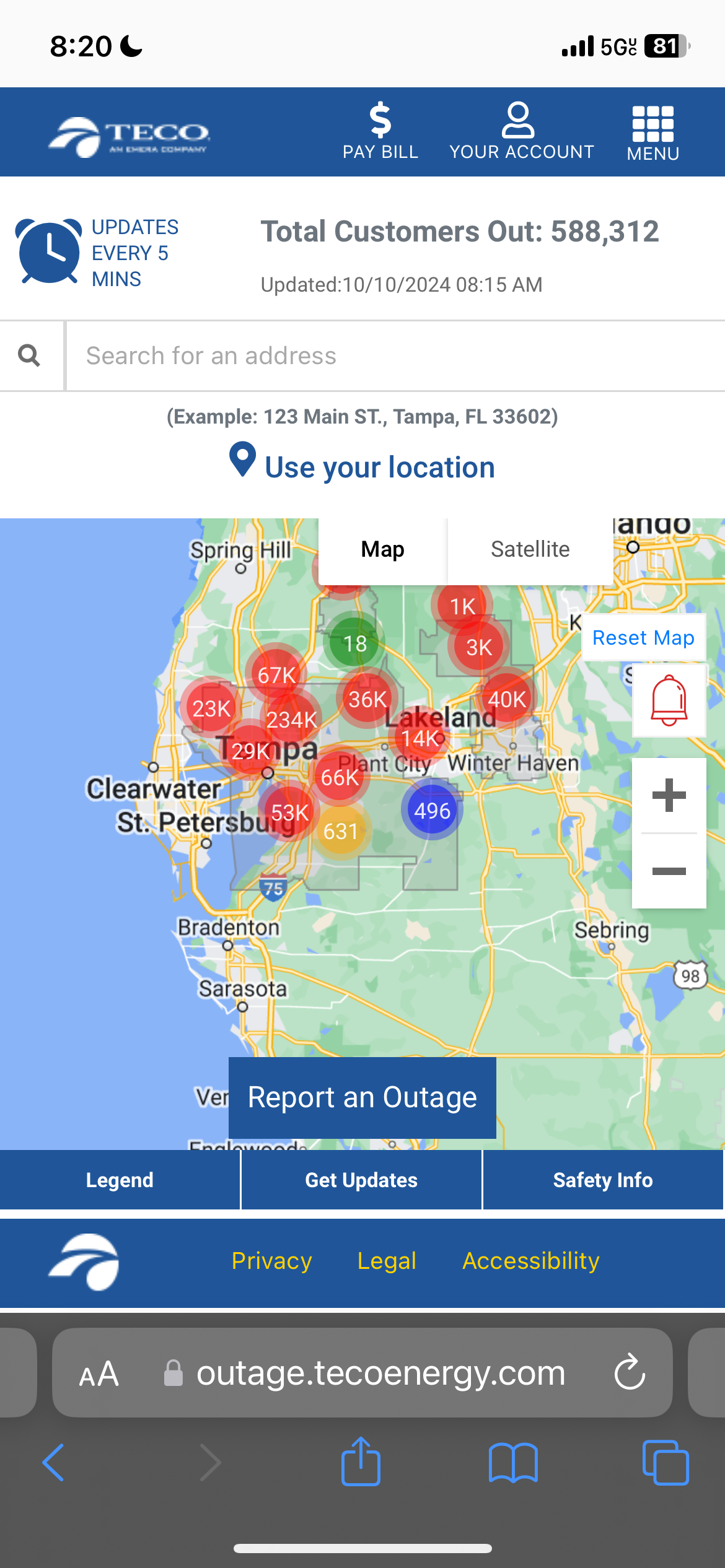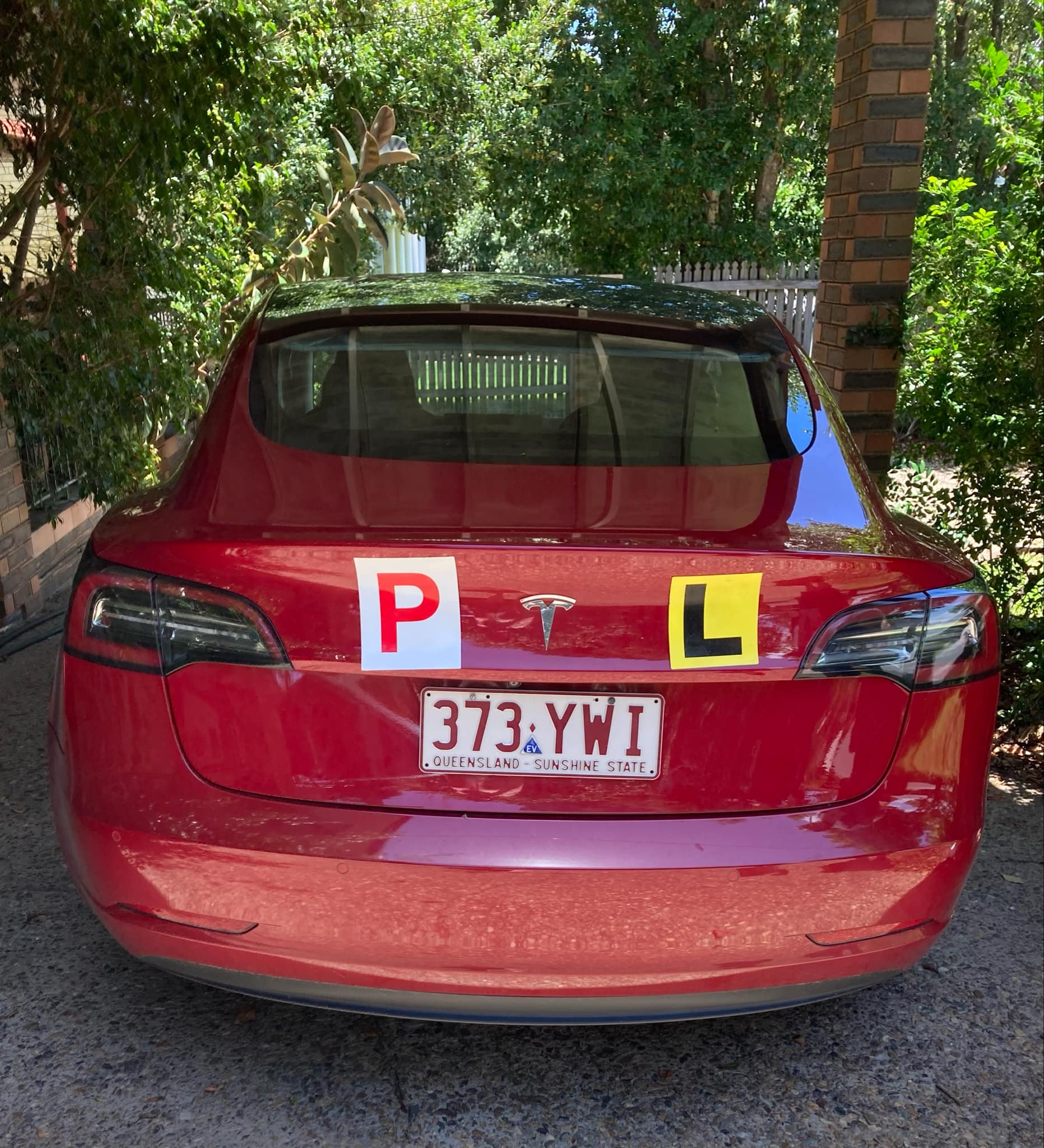Sign up for daily news updates from CleanTechnica on email. Or follow us on Google News!
On September 13, 2024, the US Department of Energy announced a $72.8 million loan guarantee to finance the development of a solar plus storage microgrid that will be located on the Tribal lands on the Viejas Reservation near Alpine, California. This project will be supported by a grant from the California Energy Commission, investments from U.S. Bancorp Impact Finance, and Starbucks. It will provide the Viejas Band with reliable utility-scale renewable energy generation and storage infrastructure that includes a 15 MW photovoltaic solar generation system and a 70 MWh battery storage system.
The announcement underscores the commitment of the Biden-Harris administration to working with Tribal Nations and communities to build an inclusive, equitable, and resilient clean energy future. According to the US Energy Department’s Office of Indian Energy, 16,805 tribal homes were without electricity in 2022, with most of them in Alaska and the Southwest. This is 10 times higher than the national average of 1.4% of all US households.
“When President Biden and Vice President Harris say that every community deserves the opportunity to benefit from our clean energy future, they mean it,” said US Secretary of Energy Jennifer M. Granholm. “Thanks to game-changing new funding from the Investing in America agenda, DOE is making a first-ever announcement through our Tribal Energy Financing Program — reinforcing this Administration’s commitment to helping build stronger, more resilient Tribal and Indigenous communities.”
After the solar plus battery storage system is completed, the Viejas Band of Kumeyaay Indians will purchase electricity through the project company under a long term power purchase agreement to help operate various commercial businesses, including gaming, hospitality, and retail facilities. When complete, the project will allow the Tribe to benefit from a lower cost of energy. Those savings will be redirected toward investments by the Tribe in infrastructure maintenance, operation of the fire department, Tribal culture and educational programs, and other Tribal member services. The project developer, Indian Energy, is a 100% Native-owned microgrid developer and systems integration firm.
The project supports President Biden’s Justice40 Initiative, which established the goal that 40% of the overall benefits of certain federal investments flow to disadvantaged communities that are marginalized by under-investment and over-burdened by pollution. Federally Recognized Tribes are considered disadvantaged communities.
Alaska Approves Community Solar
Alaska has become the latest US state to pass legislation approving community solar. Some may wonder why such a simple idea needs legislative approval, but the reason is simple. In the early days of electrical power, it was decided it was wasteful to have several electric companies building power plants and competing electrical grids, and so the idea of government-regulated monopolies was born. That worked quite well for many years, because until 20 years ago, no one ever thought that making electricity from sunlight using solar panels was anything more than the stuff of middle school science fairs.
But now that solar power is a mature technology and has proven to be far more economical than traditional methods of making electricity, it has become a threat to the regulated monopoly model which guarantees utility companies they will not face competition within their designated service area. An fool (even me) can now erect a rooftop or ground-mounted solar array today, which raises the possibility that some of that electricity might be shared with a neighbor — a nightmare scenario for traditional utility companies. And so, special legislation is needed to amend the monopoly provisions granted to existing power companies before community solar can exist.
Community solar makes it possible for renters and low income families who cannot afford rooftop solar to benefit from clean energy from the sun. This legislative victory comes on the heels of the US Environmental Protection Agency’s Earth Day announcement that the Alaska Energy Authority, along with the Alaska Housing Finance Corporation, has been awarded $62.5 million to “span from urban, residential projects to community scale, rural projects across Alaska,” and deliver the benefits of solar to low-income and disadvantaged communities.
This comes at a crucial moment for Alaska’s energy transition. With growing concerns about methane gas suppplies, Alaskan utilities are looking to diversify their energy sources with renewables. Community solar also presents an opportunity to build a stronger and more resilient electric grid. The majority of Alaskans support solar energy development, but most have been unable to personally benefit from distributed renewable generation. Community solar stands to change that.
Over the past decade, the number of states that have enacted policies to support third-party shared or community solar has expanded from just a few to 22 states, including Washington, DC. All together, 6.6 GW of generation capacity has been installed to date, and Wood Mackenzie’s most recent US community solar market outlook predicts that there will be 14 GWdc power installed across the country by the end of 2028.
VPP, DER, & CS — Decoding The Energy Transition
Electrical energy used to be easy. You contacted your local utility company, set up an account, and the electrons started flowing. Now things have gotten a little more complicated because of the rise in rooftop solar power, which offers people a chance to manage some or all of their energy needs. Sadly, there are unscrupulous people out there who are using the allure of rooftop solar to scam people, just like the mop men who go door to door selling “driveway sealant” that is little more than used motor oil.
Recently, we detailed the benefits of virtual power plants (VPPs), that combine the benefits of locally produced clean energy with battery storage to create minigrids that can function independently of the electrical grid and may include distributed energy resources, which is a fancy way of saying smart appliances like heat pumps, water heaters, and EV chargers that can be managed to reduce the use of electricity during times of peak demand. All those resources can actually make building new generating capacity unnecessary.
Community solar (CS) is another variation in the brave new world of nontraditional electricity generation. According to CNET, it provides the local control many want without the hassles or loans or leases. If you move, in many cases the benefits of community solar can follow you if you are still served by the same utility company — a feature that is much appreciated by renters.
The Takeaway
What is important here is that the traditional relationship between energy suppliers and energy consumers is changing. There are many permutations of the new normal, but the triple net bottom line is that more clean solar energy is now available than ever before and individuals are able to access it in ways that seemed farfetched even a few years ago. The magic that makes this all work is that not only is solar power emission-free, it is also less expensive than electricity from any other source. In addition, the cost of sunshine never changes, unlike the price of methane gas, coal, or nuclear power, so consumers can predict with confidence what their cost of electricity will be decades into the future.
Whether it’s a microgrid in California or community solar in Alaska, the news this week for clean energy advocates is all positive. There is still a long way to go before America is free of high carbon electricity, but thanks to the power of the Inflation Reduction Act and the dedication of the Biden-Harris administration, the US is getting there, which should be cause for celebration.
Have a tip for CleanTechnica? Want to advertise? Want to suggest a guest for our CleanTech Talk podcast? Contact us here.
Latest CleanTechnica.TV Videos
CleanTechnica uses affiliate links. See our policy here.
CleanTechnica’s Comment Policy





